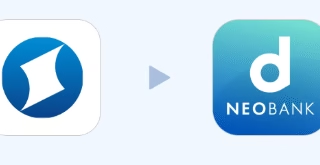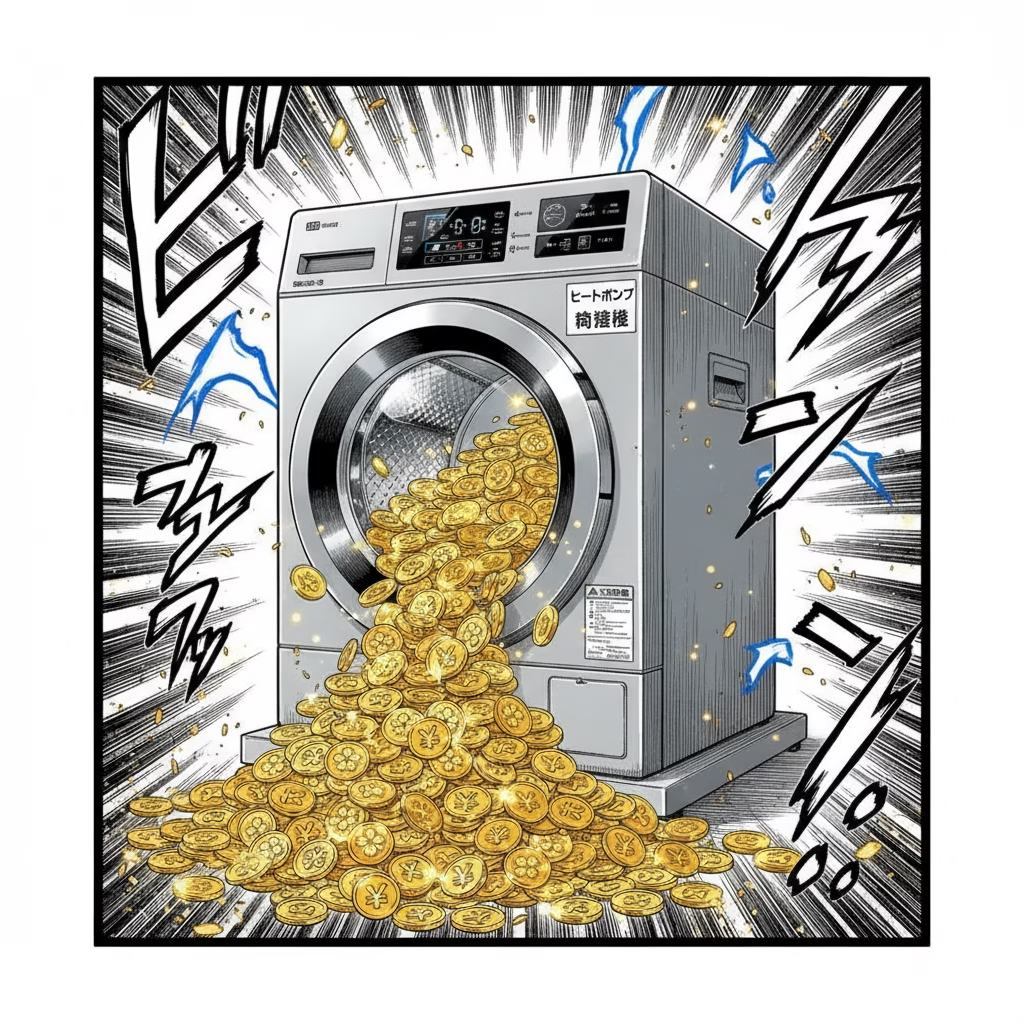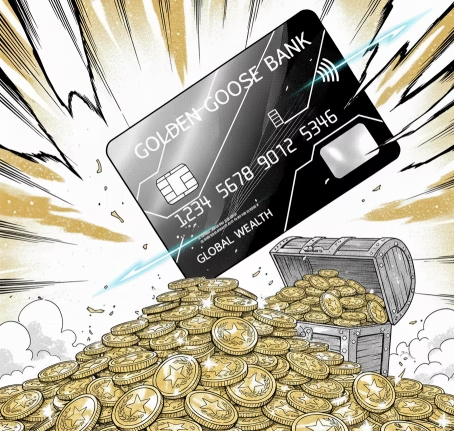 Home Improvement
Home Improvement Saving on utilities in Japan with Home Improvement Support
Is your electricity of gas bill getting out of hand? Did you know the government will actually pay to help support you i...
 Home Improvement
Home Improvement  Credit Cards
Credit Cards  Bank Accounts
Bank Accounts  Spending Wisely
Spending Wisely  Credit Cards
Credit Cards  Expense Reduction
Expense Reduction  Credit Cards
Credit Cards  Expense Reduction
Expense Reduction  Investment
Investment  Real Estate
Real Estate